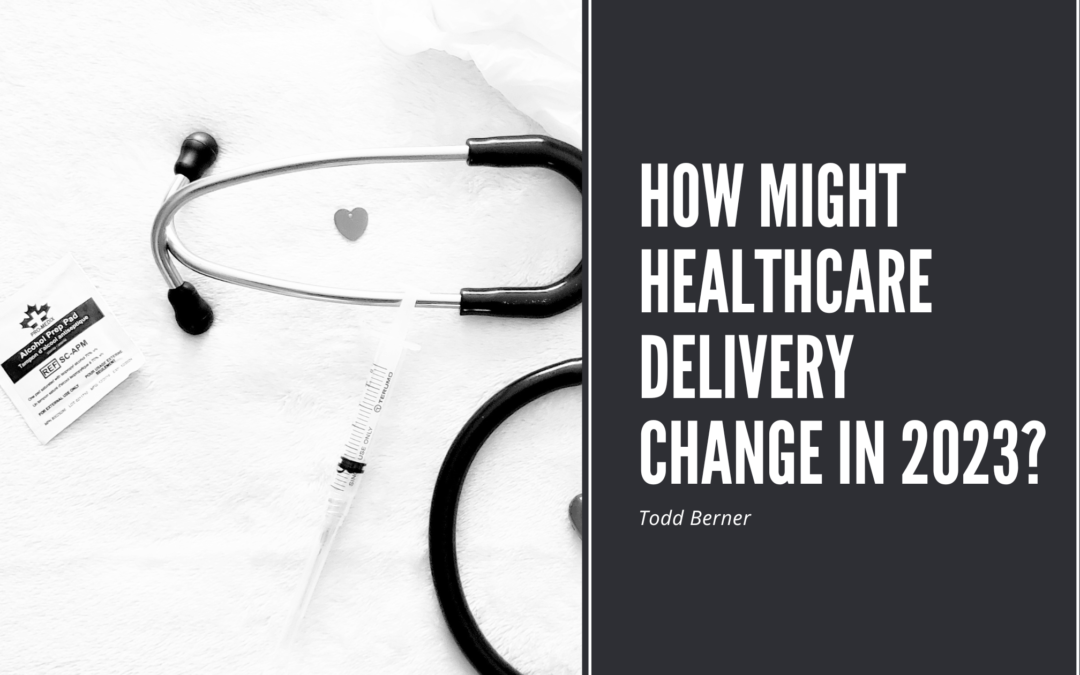The prediction season for healthcare is upon us, and experts are already starting to predict the changes that will affect the industry in 2023. Some key predictions include the increasing role of retail clinics in the delivery of care, the disruption of venture capital funding for healthcare startups, and the evolution of the patient engagement model.
These predictions are sure to catch the attention of healthcare executives. They also show how they can respond to these changes.
Patient Segmentation
The concept of providing all patients with the same clinical model is being questioned by various organizations looking to improve the consumer experience. According to a Forbes report, some healthcare companies focus on increasing their services’ diversity and differentiation.
Some companies that have already started expanding their offerings include Medicare Advantage plans focused on serving the Asian community. For instance, California-based organization Clever Care grew its membership in the region by developing a well-designed network and engaging members.
Look for programs designed to align with the organization’s various initiatives. These are also models that the company can use to promote inclusion and diversity.
Expanded Pharmacies
As the primary healthcare providers in their communities, pharmacy technicians and pharmacists are expected to continue expanding their scope of practice in the coming years. This will allow them to provide direct patient care.
The increasing number of retail clinics and pharmacies will also affect healthcare delivery. Due to the shift, the complexity of the healthcare delivery system will increase, which could lead to more clinical fragmentation. The decentralization of healthcare delivery would cause quality and consistency issues for the players.
The key to improving the quality and consistency of healthcare is by implementing practical clinical decision tools that can bridge the gaps between different care settings. These tools will help improve care coordination and prevent patients from experiencing adverse effects from the lack of information.
Remote Patient Monitoring
A study revealed that about a quarter of the country’s adult population would use remote-monitoring tools next year. The report noted that using remote-monitoring tools could help prevent patients from experiencing adverse effects from the lack of information and improve the quality of care. It is also said that this technology could help prevent chronic conditions from developing.
